Music of Spain, in the heart of Europe, where history whispers through ancient cobblestone streets and cultural legacies echo across sun-drenched landscapes, Spain stands as a musical treasure trove. From the fiery beats of flamenco to the soul-stirring ballads of fado, Spain’s musical panorama is a testament to the nation’s rich history, diverse regions, and the passionate spirit that courses through its veins. Join us on a melodic journey through the enchanting melodies of Spanish music.
Flamenco: The Soulful Dance of Andalusia
When one thinks of Spanish music, the rhythmic stamping of feet, the haunting strumming of guitars, and the passionate wails of the singer often evoke the timeless art form known as flamenco. Originating in the southern region of Andalusia, flamenco is more than a genre; it’s a cultural expression that encapsulates the soul of Spain.
At its core, flamenco is a collaborative performance, featuring the compelling interplay of singing (cante), guitar playing (toque), dance (baile), and rhythmic handclaps (palmas). The raw emotion conveyed through the expressive movements of the dancers and the poignant melodies of the guitar create an atmosphere that is both captivating and deeply moving.
The three main components of flamenco – cante, toque, and baile – are each an art form in themselves. The cante, or singing, is characterized by passionate, often improvised verses that explore themes of love, heartbreak, and the human condition. The toque, or guitar playing, showcases intricate fingerpicking techniques that convey both technical prowess and emotional depth. The baile, or dance, is a powerful and expressive form that communicates narratives through fluid, rhythmic movements.
Fado: The Soulful Lament of Portugal and Spain
As we explore the musical landscape of Spain, it’s essential to touch upon the haunting melodies of fado, a genre that transcends borders, connecting Portugal and parts of Spain. While Portugal is often credited as the birthplace of fado, its influence has seeped into regions like Extremadura and Salamanca, creating a unique blend that enriches the broader musical heritage.
Fado, meaning “fate” in Portuguese, is characterized by its melancholic and soulful tunes that convey a deep sense of longing, nostalgia, and saudade – an untranslatable Portuguese word encapsulating a profound sense of yearning. The emotionally charged vocals, often accompanied by acoustic guitars, resonate through dimly lit fado houses, capturing the essence of shared human experiences and universal emotions.
Pasodoble: The Spirited Dance of Celebration
In the lively plazas and vibrant festivals of Spain, the spirited sounds of pasodoble add a touch of grandeur and celebration. Originating in Spain, pasodoble is a dance that pays homage to the bravery and passion of the matadors in bullfighting. The music, characterized by its strong, marching rhythms, creates an atmosphere of exhilaration and festivity.
Often played during traditional Spanish bullfights, pasodoble has transcended its original context to become a symbol of national pride and celebration. The staccato beats and uplifting melodies evoke images of swirling dancers, adorned in vibrant costumes, moving with precision and flair. Pasodoble has found its way into various cultural events and celebrations, embodying the triumphant spirit of Spanish tradition.
Zarzuela: The Spanish Operatic Fusion
Spain’s musical tapestry is enriched by zarzuela, a unique form of operatic drama that combines singing, spoken dialogue, and dance. Emerging in the 17th century, zarzuela often incorporates regional folklore and themes, creating a distinctively Spanish form of musical theater. It has roots in the traditional Spanish theatrical genres of comedy and drama, incorporating elements of both to tell stories that resonate with the diverse cultural identities of the regions.
Zarzuela showcases the vocal prowess of its performers, blending classical operatic styles with the rhythmic and melodic influences of Spanish folk music. The inclusion of spoken dialogue allows for a more direct connection with the audience, making zarzuela accessible and engaging. The genre has evolved over the centuries, adapting to contemporary tastes while maintaining its essence as a vibrant and uniquely Spanish form of musical expression.
Classical Legacy: Spanish Composers and Orchestras
Spain boasts a rich classical music heritage, with composers like Isaac Albéniz, Enrique Granados, and Manuel de Falla contributing to the global canon. The piano works of Albéniz, inspired by Spanish folk traditions, are particularly notable for their evocative melodies and intricate rhythms. Granados, known for his piano suite “Goyescas,” drew inspiration from the paintings of Francisco Goya, creating a musical reflection of Spanish romanticism.
The influence of flamenco and regional folk traditions can be heard in the compositions of Manuel de Falla. His “Three-Cornered Hat” ballet, infused with Andalusian rhythms and melodies, remains a celebrated masterpiece. Spanish orchestras, such as the Orquesta Nacional de España, continue to interpret and showcase the classical legacy, ensuring that the works of these composers endure through time.
Contemporary Sounds: Flamenco Fusion and Global Influence
In the 21st century, Spain’s musical landscape has seen a fusion of traditional genres with contemporary influences. Flamenco, in particular, has embraced collaborations with artists from various genres, including jazz, pop, and electronic music. Flamenco fusion projects, such as those led by guitarist Paco de Lucía or the group Ketama, have brought the genre to new audiences, blending the traditional with the modern.
Spanish pop and rock have also left an indelible mark on the global music scene. Artists like Alejandro Sanz, Rosalía, and Enrique Iglesias have achieved international acclaim, infusing their music with Spanish sensibilities while appealing to a diverse and global audience. The rise of reggaeton and Latin urban music has further solidified Spain’s position as a dynamic contributor to the global music landscape.
Conclusion: Spain’s Musical Palette
Spain’s musical palette is a canvas painted with passion, diversity, and an unwavering connection to cultural roots. From the soulful depths of flamenco to the celebratory spirit of pasodoble, from the operatic drama of zarzuela to the global sounds of contemporary fusion, Spain’s music resonates as a living testament to the nation’s rich history and enduring spirit.
In every note and every dance step, there is a story – a story of resilience, celebration, love, and the intricate tapestry of Spain’s cultural heritage. Whether echoing through the narrow alleys of Andalusian cities or filling grand theaters with operatic drama, the enchanting melodies of Spanish music invite us to embark on a timeless journey through the heart and soul of a nation where every chord carries the weight of centuries and every rhythm dances to the beat of history.
Famous Artists:
Spain has produced a wealth of musical talent that has achieved global recognition. Some of the most famous Spanish musicians and artists include:
- Paco de Lucía: A legendary flamenco guitarist known for his virtuosity and innovation in the genre.
- Enrique Iglesias: A chart-topping Latin pop and pop artist with a global fan base.
- Rocío Dúrcal: A beloved singer and actress known for her ranchera and romantic ballads.
- Plácido Domingo: One of the “Three Tenors” and a world-renowned opera singer.
- Shakira: A Colombian artist with Spanish roots, Shakira is famous for her fusion of Latin, rock, and pop music.
- Rosario Flores: A celebrated Spanish singer known for her versatility in various musical genres.
- Manuel de Falla: A classical composer whose works, including “Nights in the Gardens of Spain” and “El Amor Brujo,” are celebrated internationally.
- Camarón de la Isla: A legendary figure in flamenco music, Camarón’s voice and innovations continue to influence the genre.
- Jarabe de Palo: A prominent rock and pop band with a distinctive Spanish sound.


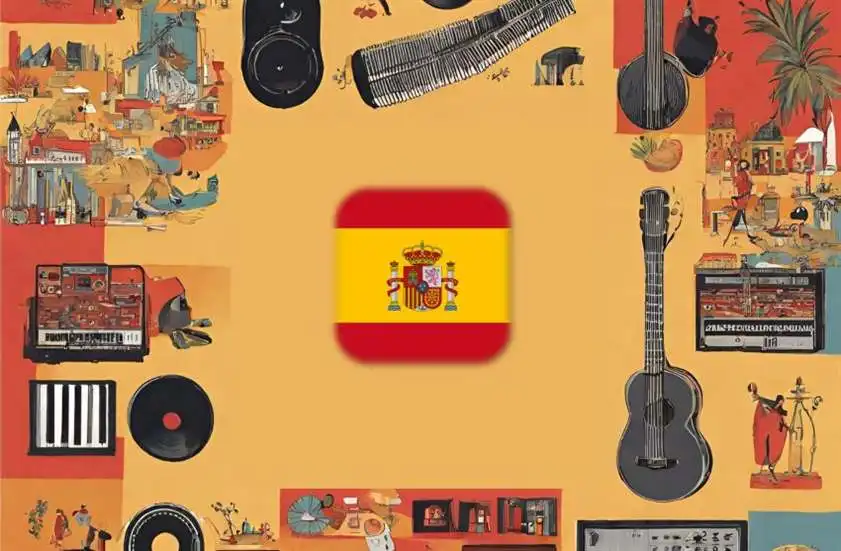
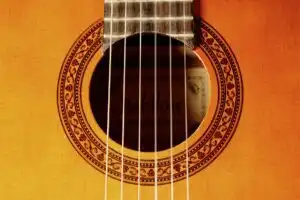

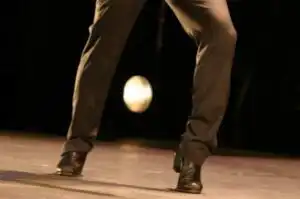


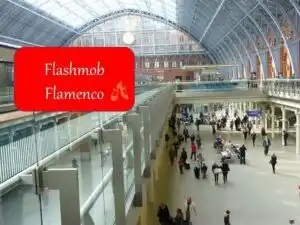


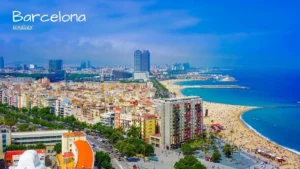

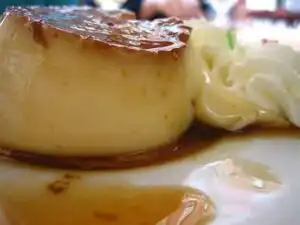

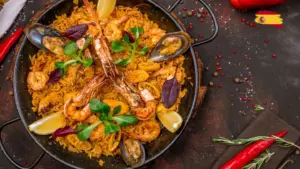

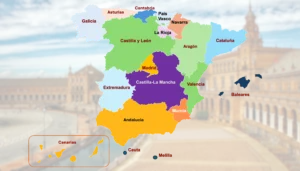
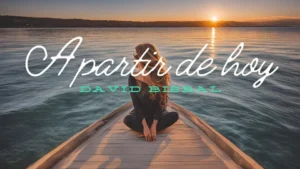

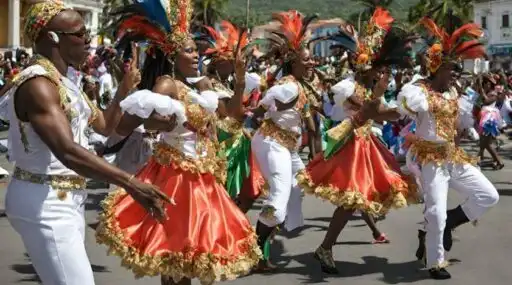
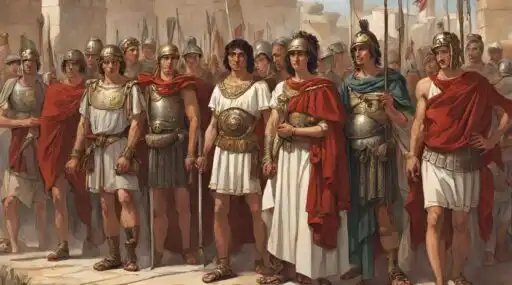
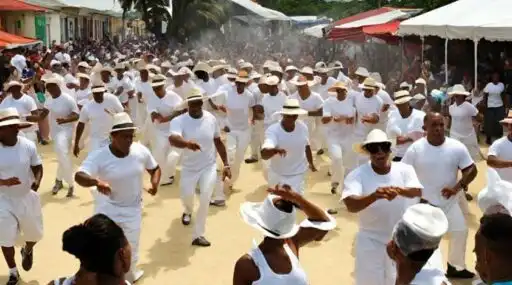

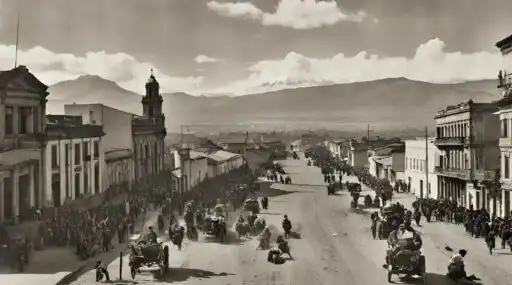
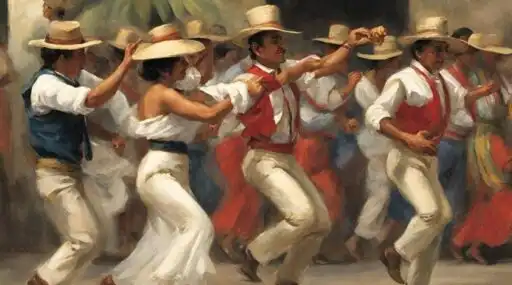
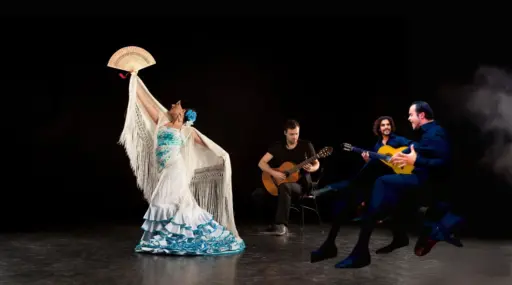
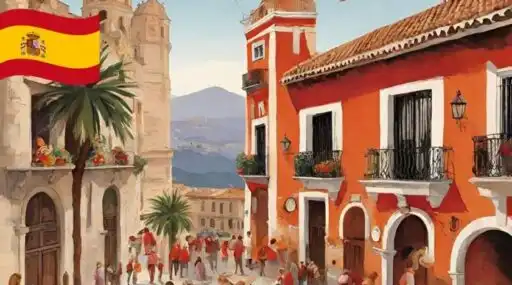
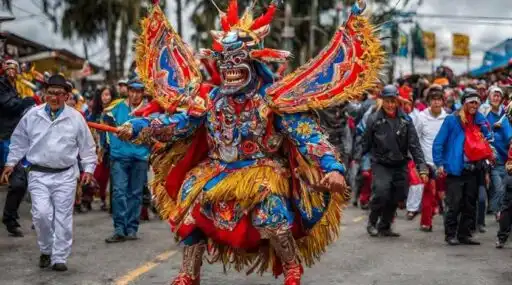
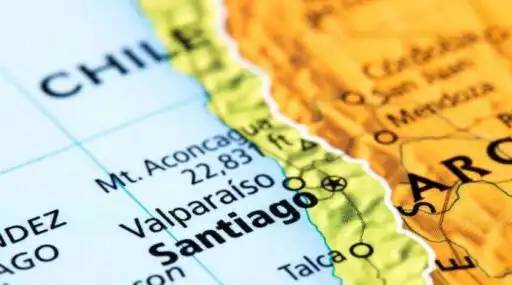



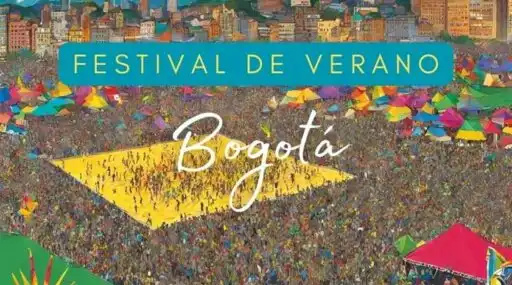


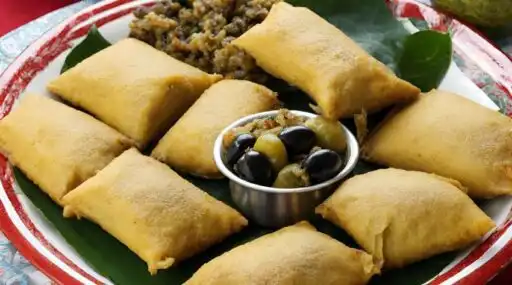

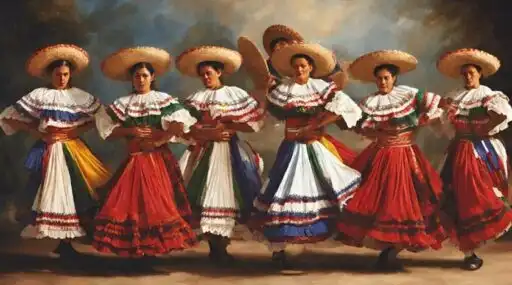
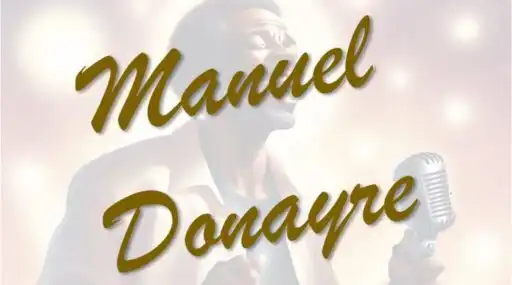
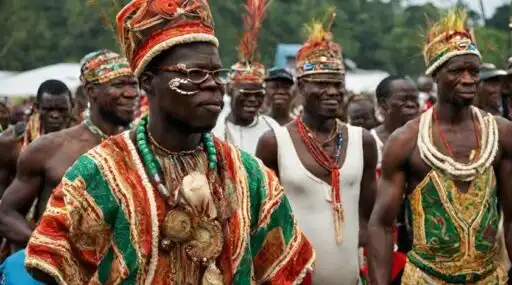

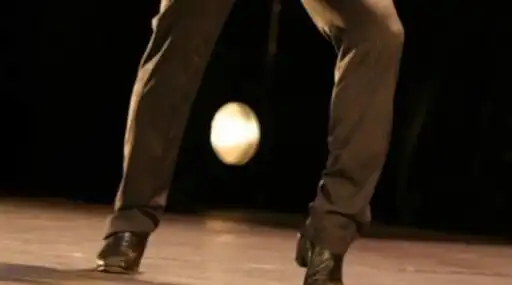
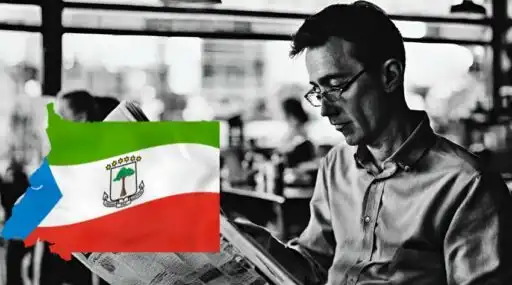
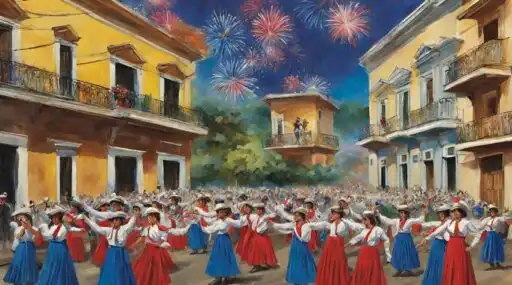
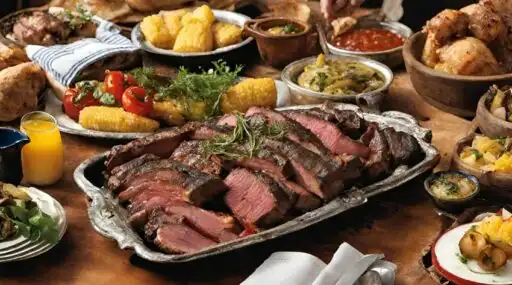

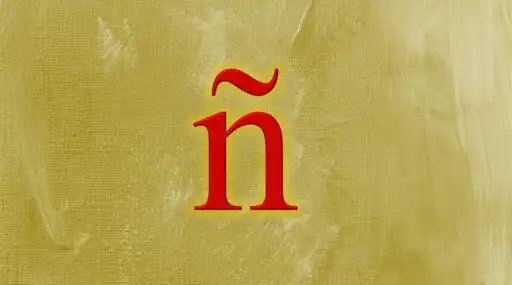

Leave a Reply